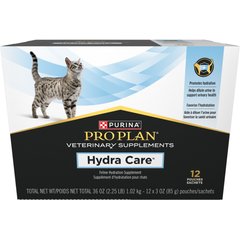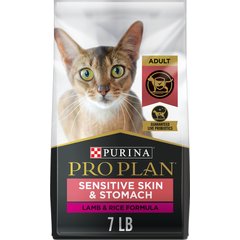Stud Tail in Cats
Supracaudal Gland Hyperplasia in Cats
Stud tail is commonly seen in intact male cats but can also be seen in neutered males and females. It results in skin disease at the base of the tail.
Symptoms and Types
- Greasy (sometimes matted) hair at the base of the tail
- Missing hair at the base of the tail
- Blackheads (comedones) on the skin at the base of the tail
- Waxy substance on the skin and hair at the base of the tail
- Skin infection at the base of the tail
- A foul odor
Vet Recommended Health Support
- Feliway Optimum Enhanced Calming 30 Day Diffuser for Cats$29.99Chewy Price
- Purina Pro Plan Veterinary Diets FortiFlora Powder Probiotic Digestive Supplement for Cats, 30 count$30.99Chewy Price
- Purina Pro Plan Veterinary Diets Hydra Care Liver Flavored Liquid Supplement for Cats, 3-oz pouch, case of 12$14.99Chewy Price
- Purina Pro Plan Adult Sensitive Skin & Stomach Lamb & Rice Formula Dry Cat Food, 7-lb bag$28.08Chewy Price
Causes
The supracaudal gland at the base of the tail contains sebaceous glands that secrete an oily substance known as sebum. In stud tail, these glands secrete abnormal amounts of sebum. The condition is also known as supracaudal gland hyperplasia.
Stud tail is most often seen in intact male cats because male hormones encourage increased secretion of sebum. However, it is possible for female cats and neutered male cats to also suffer from the condition.
Diagnosis
Diagnosis is based on physical examination and the presence of typical symptoms at the base of the tail.
Treatment
Shampoos, particularly antiseborrheic shampoos, are used regularly to keep the area clean. Antibiotics may be necessary to treat infection, if present. Neutering may resolve symptoms of stud tail for intact male cats.




